SOURCE: IDRW.ORG TEAM.

The Kaveri Marine Gas Turbine (KMGT) program, aimed at powering Indian warships, is getting a new lease on life. With the successful resolution of technical issues in the core of the Dry Kaveri jet engine, the Defense Research and Development Organization (DRDO) is set to issue fresh tenders for a revamped KMGT based on this improved core.
The original KMGT, developed as a derivative of the Kaveri engine, achieved a 12MW rating – equivalent to a 16MW international offering under simulated conditions. However, prolonged testing revealed issues with the core, leading to program suspension.
Continue readingSOURCE: IDRW.ORG TEAM
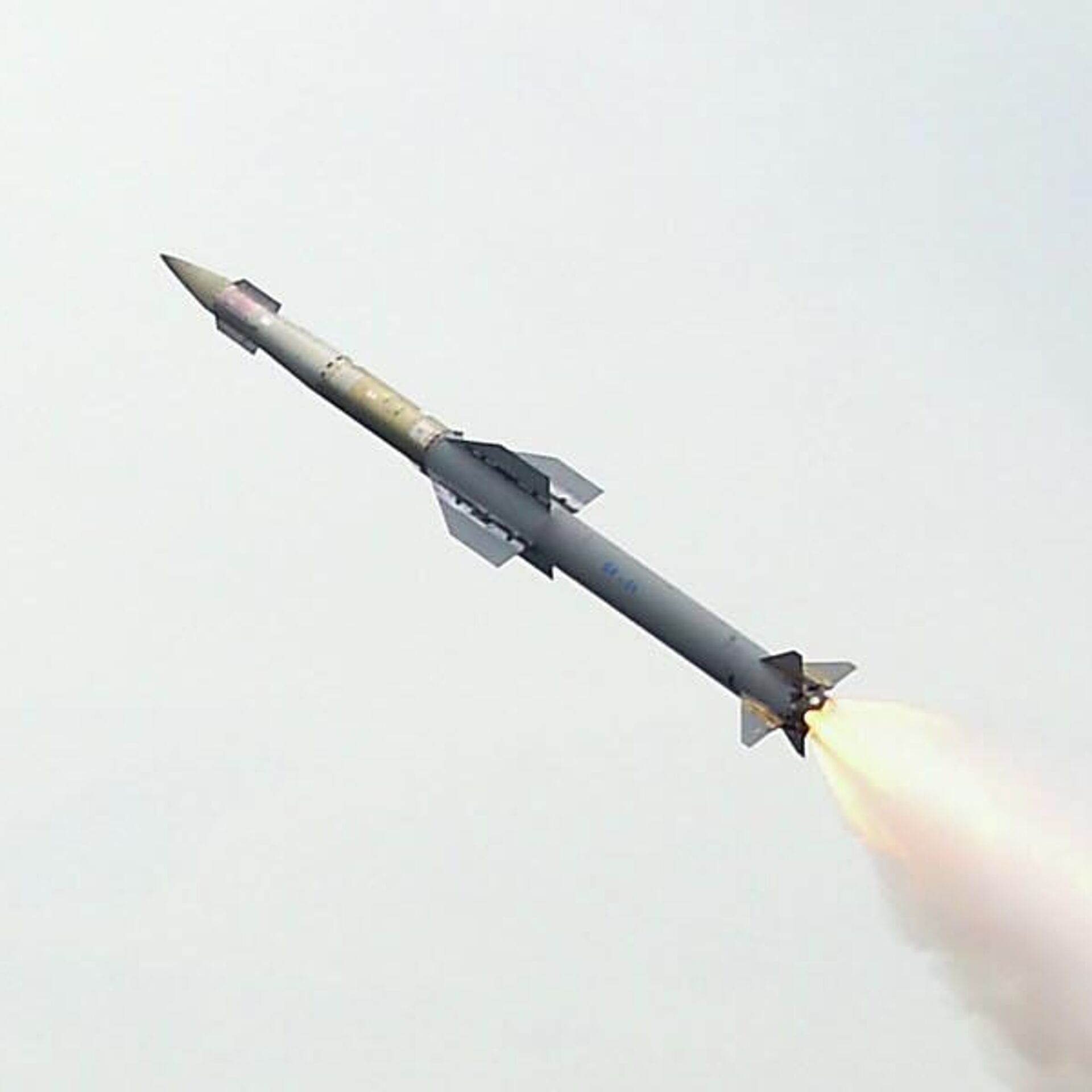
The Defence Research and Development Organisation (DRDO) is gearing up for a significant revamp, aimed at boosting India’s military technology development and leveraging private sector expertise. This strategic shift presents both opportunities and challenges, and is key to India’s ambition of achieving self-reliance in advanced defence technologies.
One key aspect of the revamp is streamlining DRDO’s focus. Low-hanging defence programs, characterized as relatively simpler technologies, will be transferred to private sector companies. This frees up DRDO resources and expertise to delve deeper into cutting-edge technologies, like hypersonic weapons, directed energy weapons, and advanced cyber defense systems.
Continue readingSOURCE: RAUNAK KUNDE / NEWS BEAT / IDRW.ORG
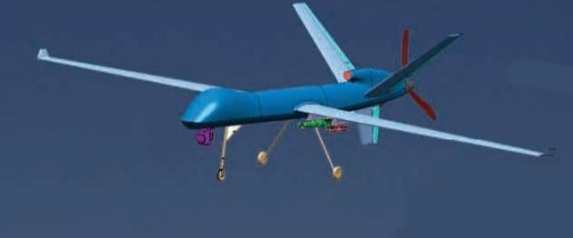
India’s Ministry of Defence (MoD) has set its sights on the private sector to salvage its High-Altitude Long-Endurance (HALE) UAV program following the delays and ultimate crash of the Tapas program led by DRDO’s ADE.
The MoD proposes a Special Purpose Vehicle (SPV) model, encouraging private companies to collaborate with DRDO labs like ADE in developing military platforms and equipment. This shift comes amid concerns about ADE’s ability to deliver after the Tapas program failed to meet many altitude and endurance requirements.
Continue readingSOURCE: RAUNAK KUNDE / NEWS BEAT / IDRW.ORG
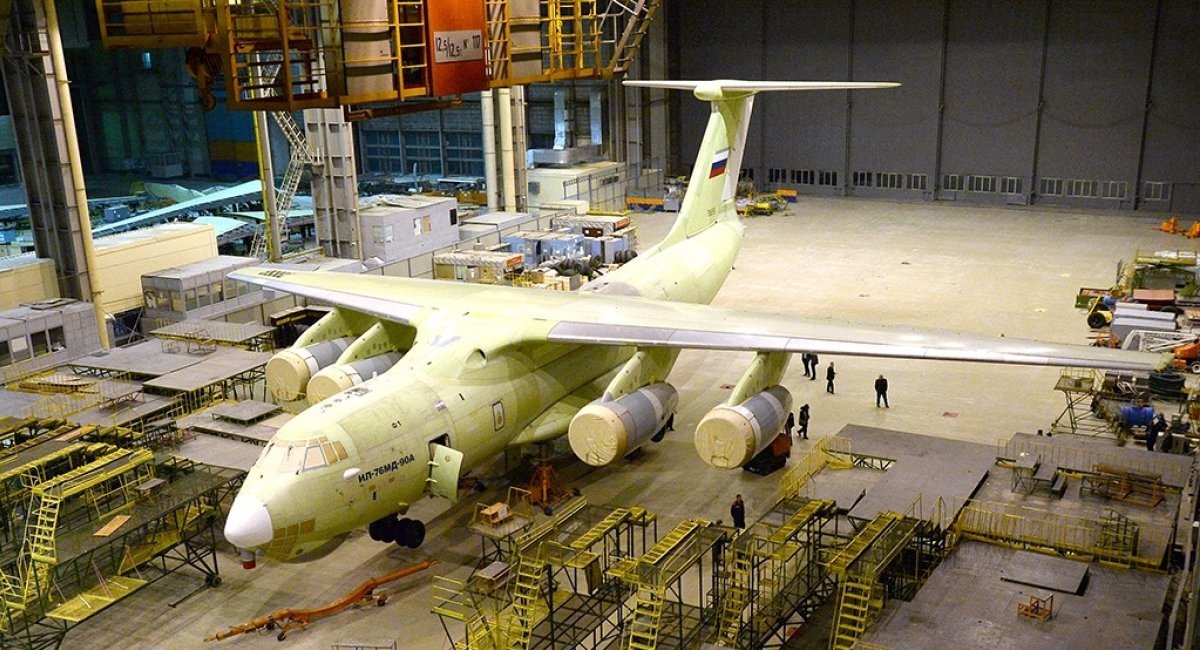
The United Aircraft Corporation (UAC) is looking to attract India, the world’s third-largest Il-76 operator, as a potential buyer for its latest offering, the Il-76MD-90A. Unveiled at the World Defense Show 2024 in Saudi Arabia, this upgraded transport aircraft claims significant improvements over its predecessor.
Recognizing the growing commercial air cargo market in India, UAC is also developing a civilian variant of the Il-76MD-90A. This adaptation aims to cater to the needs of commercial cargo operators like those in India’s booming logistics sector.
Continue readingSOURCE: RAUNAK KUNDE / NEWS BEAT / IDRW.ORG
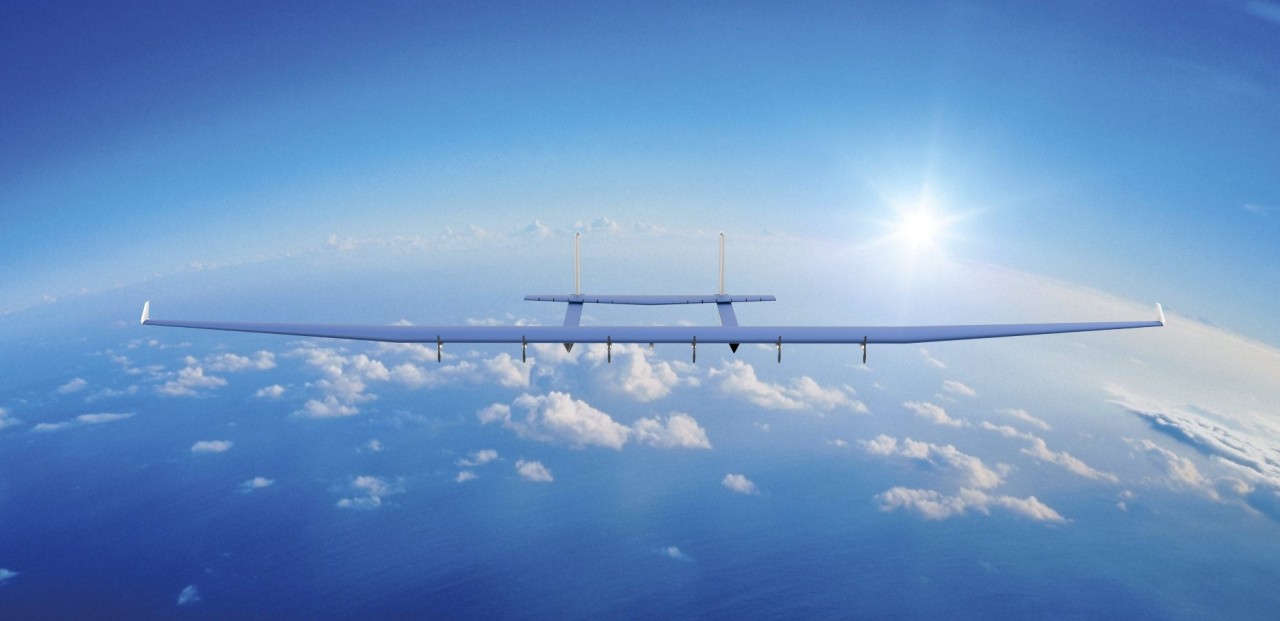
Defence and engineering giant Larsen & Toubro (L&T) has unveiled ambitious plans to develop its own High-Altitude Platform (HAP), a revolutionary technology capable of staying airborne for a staggering 12 months using solar power.
This announcement marks a significant step forward in India’s quest for indigenous aerospace solutions and holds immense potential for various applications across diverse sectors.
Continue readingSOURCE: IDRW.ORG TEAM.
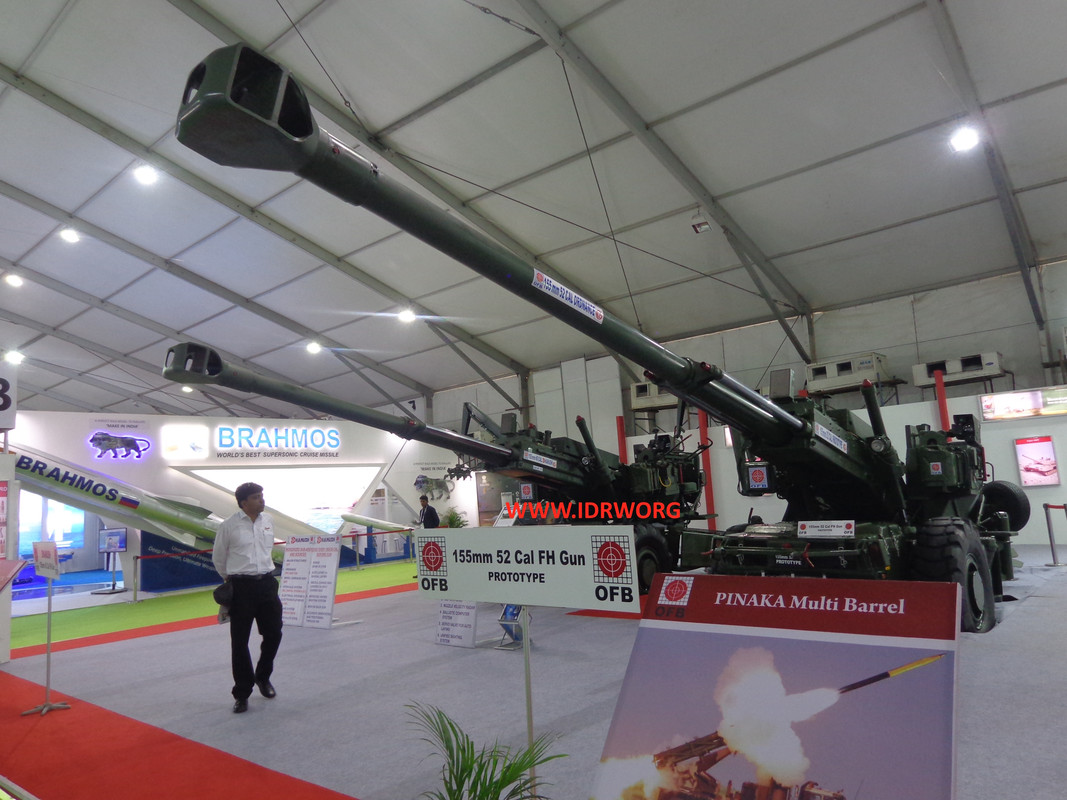
The Indian Army’s quest for a modern 155mm/52 caliber Towed Gun System (TGS) has taken a significant step forward with the release of Acceptance of Necessity (AoN) details. This opens the door for domestic and potentially international players to offer their solutions, potentially shaping the future of Indian artillery.
The 15-ton weight limit on the TGS has sparked a heated competition among Indian defense manufacturers. Here’s a closer look at potential contenders:
Continue readingSOURCE: IDRW.ORG TEAM.
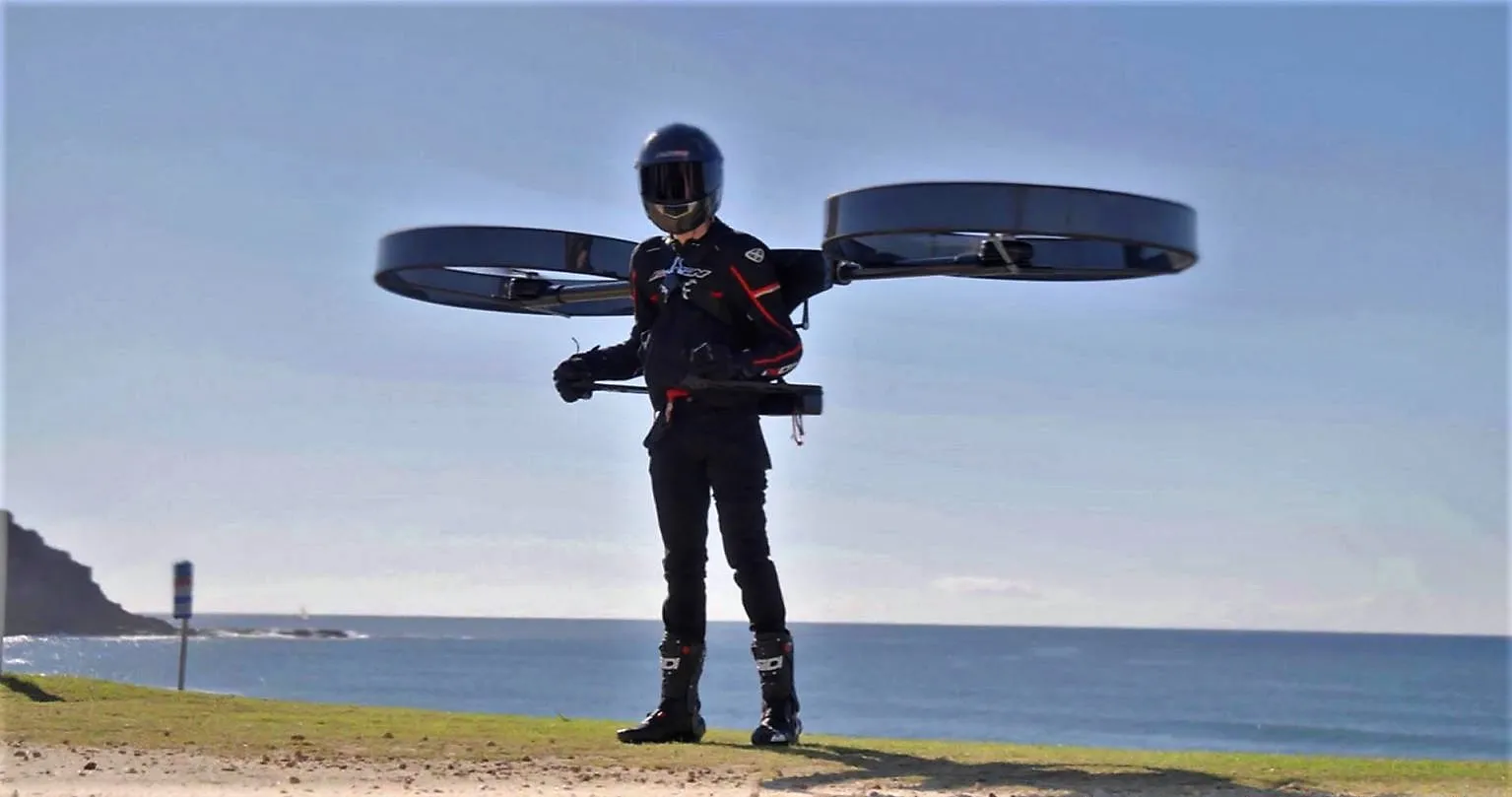
The Defence Research and Development Organisation (DRDO) is nearing completion of their electric jetpack prototype, with military trials just on the horizon. However, the developers aren’t resting on their laurels. They’re actively exploring ways to extend the current 20-minute flight range to a more impressive two hours.
Unlike the British company’s jetpack which relies on a micro gas turbine, DRDO’s approach is electric, utilizing battery-powered Electric Ducted Fans (EDFs). These EDFs are essentially self-contained propulsion units that combine a multi-bladed fan, a powerful electric motor, and a surrounding shroud.
Continue readingSOURCE: RAUNAK KUNDE / NEWS BEAT / IDRW.ORG
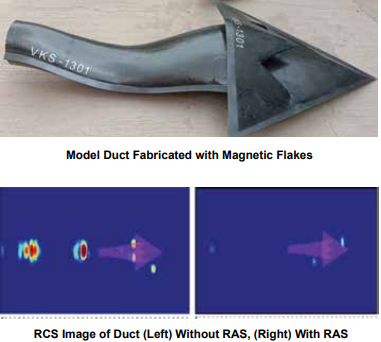
The Defence Research and Development Organisation’s (DRDO) Aeronautical Development Establishment (ADE) has revealed a model duct fabricated with magnetic flakes for its upcoming Remotely Piloted Strike Aircraft (RPSA). This image shows the duct, along with Radar Cross Section (RCS) images of the duct with and without Radar Absorbing Material (RAS).
The RPSA is a 10-13 tonne drone, comparable to strike fighters in its capacity to carry heavy weaponry such as bombs, rockets, and missiles. Because they are remotely controlled, they can be built lighter and stealthier, allowing them to undertake even the riskiest missions.’
Continue readingSOURCE: RAUNAK KUNDE / NEWS BEAT / IDRW.ORG
The Indian Navy is set to bolster its defences against aerial threats with the phased deployment of the Naval Anti-Drone System (NADS) across its frontline warships. This announcement comes after Admiral R Hari Kumar, Chief of the Naval Staff, revealed the initiative during a media interaction onboard INS Sandhayak after its commissioning.
Developed by the Defence Research and Development Organisation (DRDO) and manufactured by Bharat Electronics Limited (BEL), NADS represents a significant milestone in India’s Atmanirbhar Bharat (self-reliance) initiative. It is the first indigenously developed anti-drone system inducted into the Indian Armed Forces, a testament to the collaborative efforts of multiple BEL units and DRDO labs across the country.
Continue readingSOURCE: RAUNAK KUNDE / NEWS BEAT / IDRW.ORG

The Indian Air Force (IAF) is aiming for the heavens, with a proposed name change reflecting its ambitious plans to become the Indian Air and Space Force (IASF). This significant move signals a strategic shift beyond the skies, as the IAF seeks to expand its capabilities and play a leading role in the burgeoning domain of space warfare.
The IASF moniker embodies the IAF’s aspirations to transcend its traditional aerial role and embrace the complexities of space warfare. This transformation envisions training dedicated space elements, deploying cutting-edge anti-satellite (ASAT) weapons, and developing a diverse arsenal of counter-space capabilities.
Continue readingSOURCE: IDRW.ORG TEAM.

The Indian Army has taken a significant leap forward in high-altitude surveillance with the successful patenting of a “Hexacopter Tactical Remotely Piloted Aircraft for Surveillance at High Altitude Areas (HAA).” This innovative technology, developed by the Army Design Group, promises to revolutionize battlefield awareness and empower commanders with real-time intelligence in some of the world’s most challenging terrain.
Designed specifically for the harsh conditions of high-altitude regions, the hexacopter boasts several unique features:
Continue readingSOURCE: IDRW.ORG TEAM.
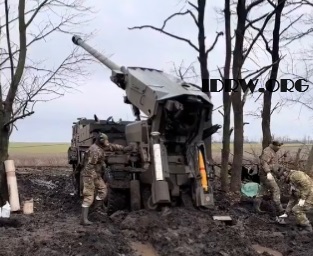
Indian-manufactured 155mm artillery shells have once again been spotted in use by Ukrainian forces, this time in a video showcasing Caesar self-propelled artillery systems firing them. This raises questions about India’s neutrality in the ongoing conflict, as the government has officially denied directly supplying weapons to either side.
The shells in question are the 155MM HE ERFB BB, produced by Munitions India Limited (MIL). They are known for their extended range and accuracy, and Ukrainian troops have reportedly praised their “superior quality.”
Continue readingSOURCE: RAUNAK KUNDE / NEWS BEAT / IDRW.ORG
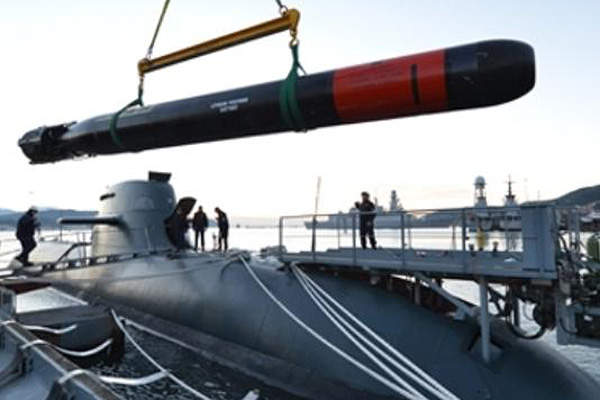
The Indian Navy is preparing to launch a global tender for the acquisition of 48 heavyweight torpedoes, aiming to finally equip its Kalvari-class submarines with this crucial weapon system. This comes after two previous attempts at procuring these torpedoes were cancelled due to various issues.
The Kalvari-class submarines, built with French advanced technology, were initially configured to use Italian Black Shark heavyweight torpedoes. However, the deal fell through due to the VVIP chopper scam involving the parent company of the Italian manufacturer. Subsequently, France offered its own F21 torpedoes, but this proposal also did not materialize. This left the Kalvari submarines reliant on older Russian heavyweight torpedoes, hindering their full operational potential.
Continue readingSOURCE: RAUNAK KUNDE / NEWS BEAT / IDRW.ORG

India’s National Aerospace Laboratories (NAL) is soaring high with its High-Altitude Pseudo Satellite (HAPS) project, recently completing successful flight tests of a subscale model. This innovative platform holds promise for various applications, including communication, surveillance, and environmental monitoring.
From January 23rd to February 2nd, NAL conducted extensive test flights at DRDO’s Aeronautical Test Range in Karnataka. The 12-meter wingspan subscale model, weighing just 22 kg, completed 22 sorties and logged a total of 37 flight hours.
Continue readingSOURCE: RAUNAK KUNDE / NEWS BEAT / IDRW.ORG

In the wake of the Ukraine war and recognizing the evolving needs of modern warfare, India is planning a significant upgrade to its fleet of 1450 Russian T-90 Main Battle Tanks (MBTs). This upgrade aims to address two key areas: increased armour protection and enhanced firepower. To accommodate these advancements and the additional weight they may bring, the Indian Army is exploring a powerful new engine – the DRDO-developed DATRAN 1500hp.
The ongoing conflict in Ukraine has served as a stark reminder of the importance of robust tank Armour and firepower in modern battlefields. Witnessing the performance of the T-90s in the war, the Indian Army seeks to equip its fleet with improved Armour and next-generation weaponry to ensure their effectiveness in diverse terrains and against evolving threats.
Continue reading